Our photographs can vastly improve by applying just a few photography basics: Rule of Thirds, Leading Lines, and Depth of Field.
When we understand these rules and make a few simple adjustments to the way we frame our photos, then our photos will have a more professional look and feel to them.
Take time to research professional photographers, they give us fresh ideas when we want to experiment with photography. Looking at beautifully composed photographs by professionals inspires our own creative work.
Rule of Thirds
I’ve always loved looking at beautiful photographs and I often find myself scrolling through Instagram. A few years ago I started following Tifforelie, or Tiffany, on Instagram. Tifforelie shoots incredible photographs, they’re always a feast for the eyes. One of her photography strong suits is using the Rule of Thirds.

A quick way to remember the Rule of Thirds is simply to divide your photo into thirds vertically and horizontally. I’ve divided Tifforelie’s photos using the Rule of Thirds below:

Notice how her legs and feet are lined up on the left third of the photograph, the blankets are on the bottom and middle thirds, and the cups are located on the middle-bottom third.
The Rule of Thirds is my go-to for photo composition. Below I’ve shared a couple of my own, non-professional attempts at using the Rule of Thirds:

In the composition of this photo, you can see that the statue is placed on the right third of the photo. Using the Rule of Thirds is not hard, promise!
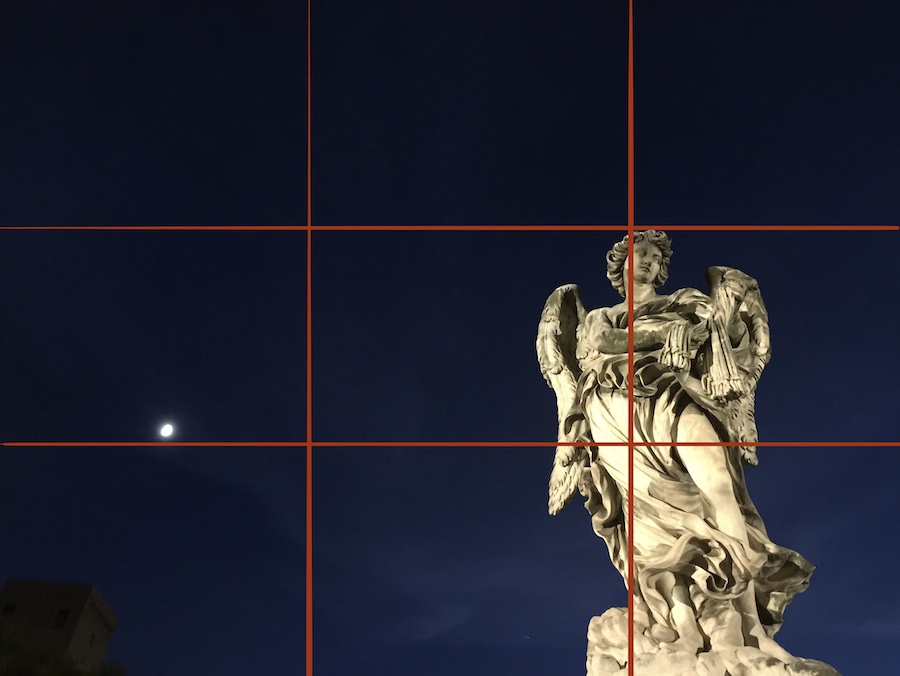
Something I’ve learned from viewing professional photography: When you’re taking landscape photos, you want to put the horizon line along either the top or bottom third of your photograph.
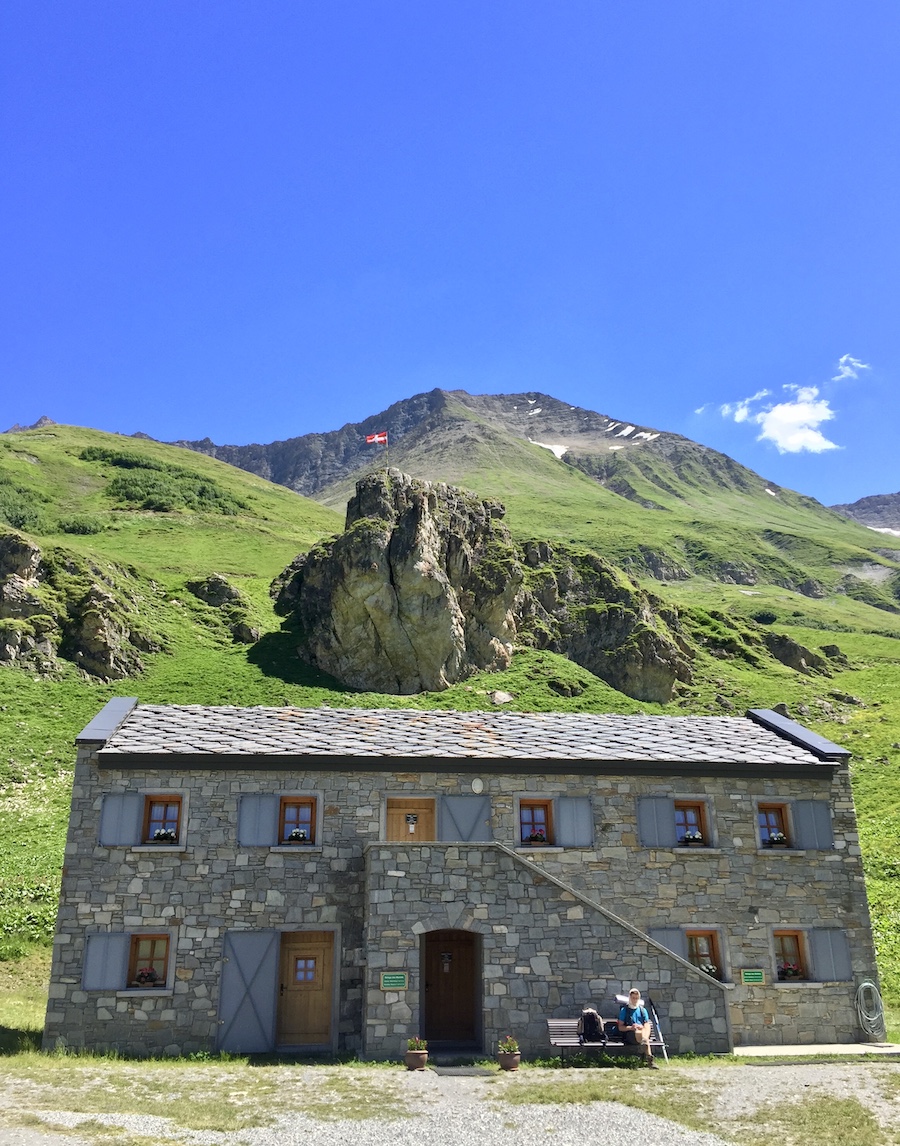
You can see where I’ve put the horizon line on the top third of my photo below:
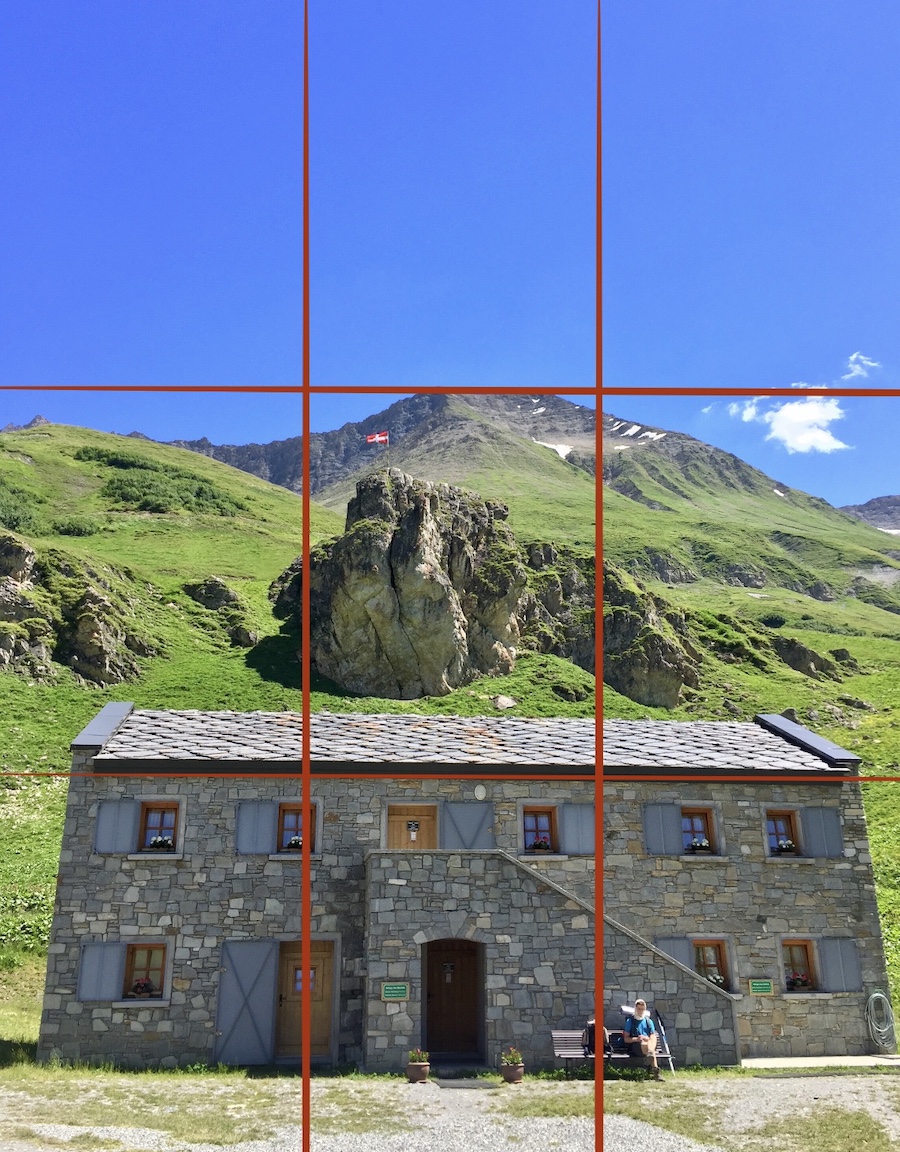
Leading Lines
Leading Lines are a very effective photography tool. You can lead the viewer’s attention where you want them to look. Human eyes like paths, they will naturally follow them.

Did you notice how your eye is eventually drawn to the little building on the hilltop?
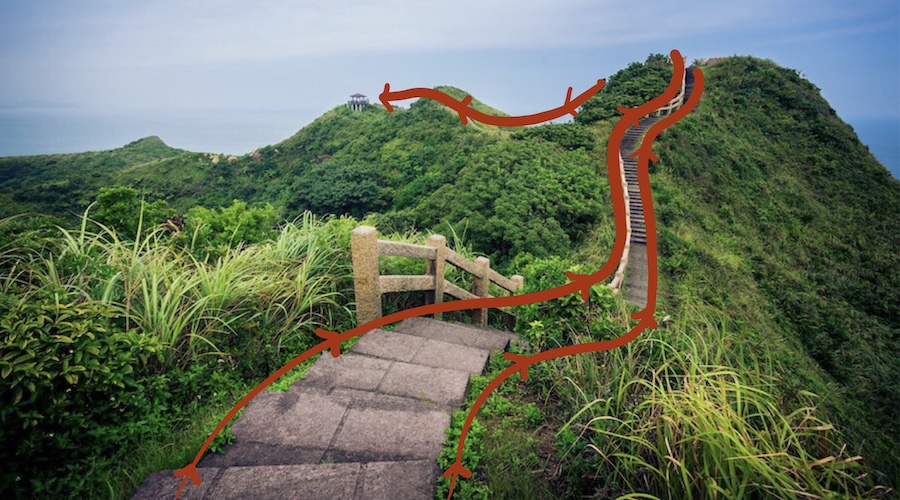
I tried to use the Leading Lines to lend an artsy feel in the photo below. Notice how they lead to a vanishing point:


This photo of a little mountain stream in France is one of my attempts to use both the Rule of Thirds and Leading Lines:
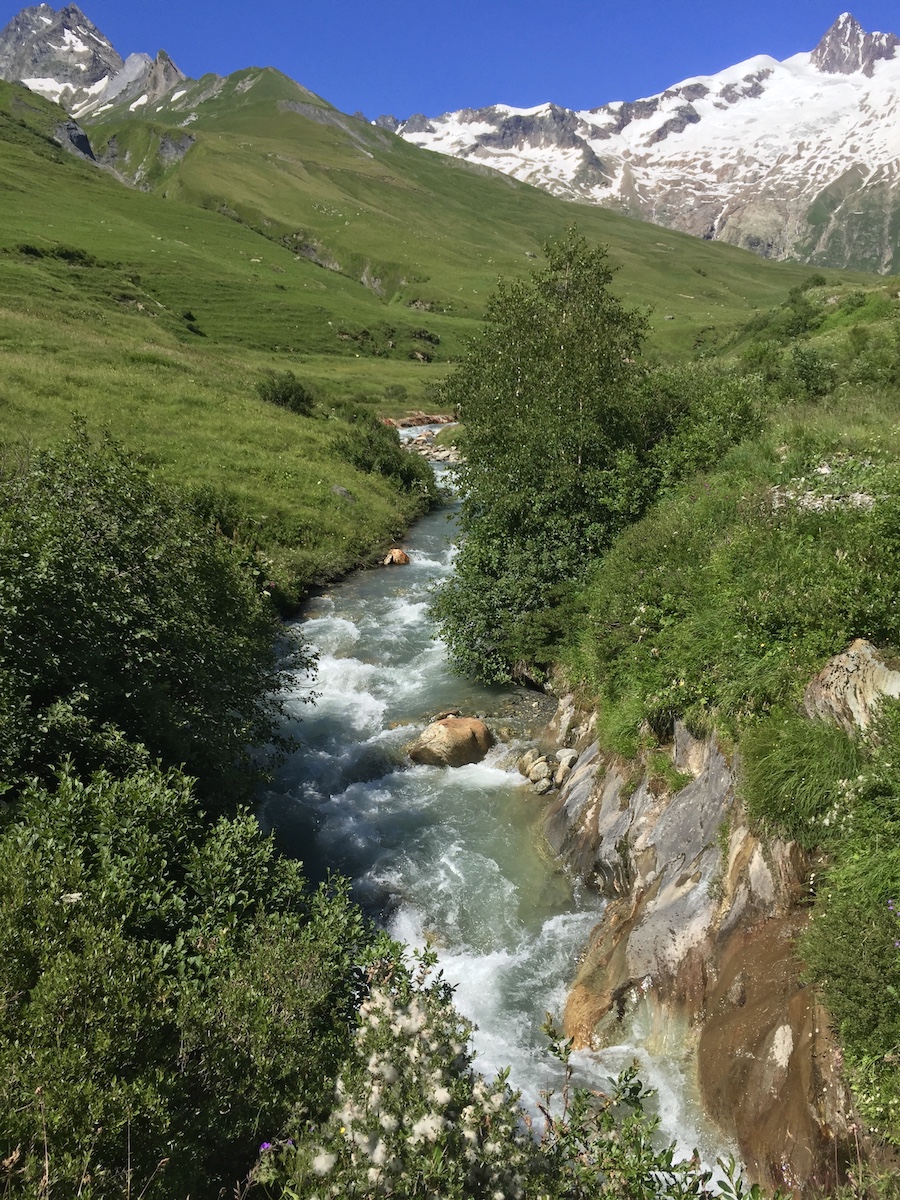

If you want to feel really clever, use a person (or people) as Leading Lines. Let’s say you photograph someone pointing or looking a certain direction, our eye will naturally follow them. For example, when you photograph several people looking at a child blowing out their birthday candles, the people surrounding the child become Leading Lines.
Depth of Field
In photography Depth of Field as two main types: Maximum Focus, when you use a very small aperture (small opening on your camera lens) to show incredible amounts of detail throughout your entire photo, and Minimum Focus, when you use a very large aperture (large opening on your camera lens) to focus on only a certain part of your image, the rest has a soft, blurry look to it or shallow Depth of Field.
For now, let’s ‘focus’ (pun intended) only on Shallow Depth of Field or Minimum Focus.

In this professional photo, only the cairn (rock pile) is in focus. The beautiful ocean in the background and additional rocks on the beach are soft-focused so our eyes can rest on the lovely rock formation.

While in Florence, Italy, my husband and I came across a lovely bronze map of the city. I wanted to use a shallow Depth of Field to show only the buildings we were standing near at that moment.

Do you feel that I captured shallow Depth of Field? The surrounding buildings on the 3-D map are out-of-focus, while the center buildings remain sharp.

Again, I tried to accomplish that same Depth of Field by focusing on the old metal parts at a traditional cart-making mill in Costa Rica:


In all the personal photos shared above, I attempted to use the Rule of Thirds, Leading Lines, and Depth of Field. Hopefully, these photography ‘rules’ helped to make my photos look less amateur. What do you think?
I recommend you try these three photography basics next time you grab your camera.
